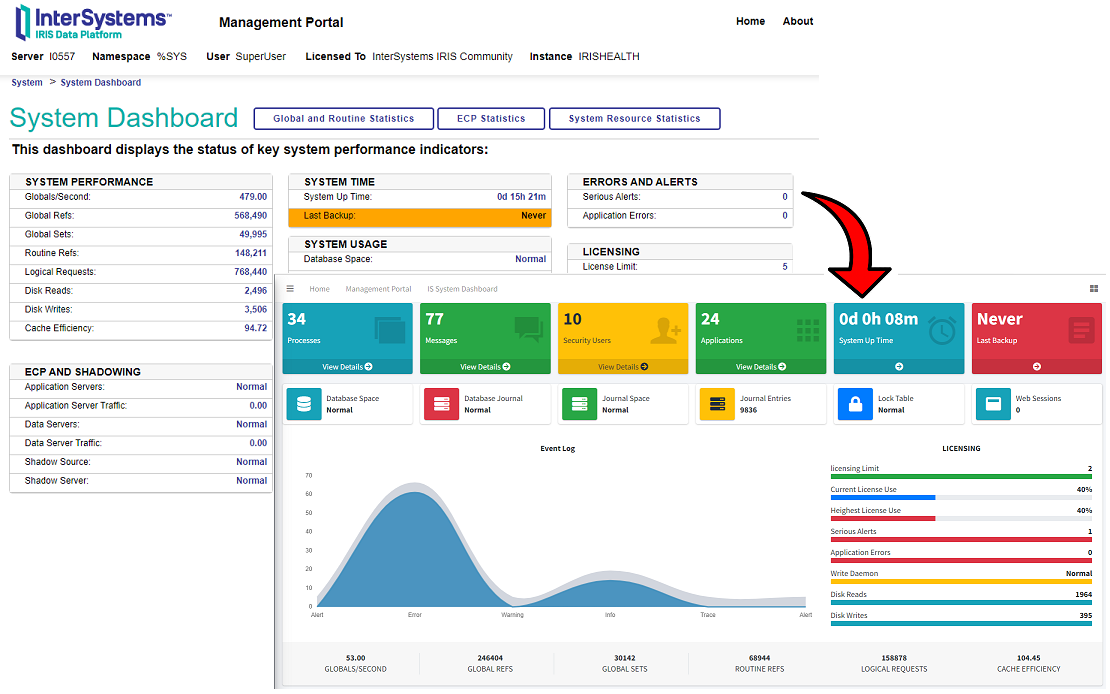If you are using Python, you can use the built-in venv module to create a virtual environment. This module is the recommended way to create and manage virtual environments.
A virtual environment is a tool that helps to keep dependencies required by different projects separate by creating isolated python virtual environments for them. It solves the “Project X depends on version 1.x but, Project Y needs 4.x” dilemma, and keeps your global site-packages directory clean and manageable.
So if like me you work a lot with Python, you can use the venv module to create a virtual environment for your project. This will allow you to install packages without affecting the global Python installation.
You will find here two neat alias to create and activate a virtual environment.
Python aliases
alias venv="python3 -m venv .venv; source .venv/bin/activate"
alias irisvenv="python3 -m venv .venv; source .venv/bin/activate; pip install https://github.com/grongierisc/iris-embedded-python-wrapper/releases/download/v0.0.3/iris-0.0.3-py3-none-any.whl"



